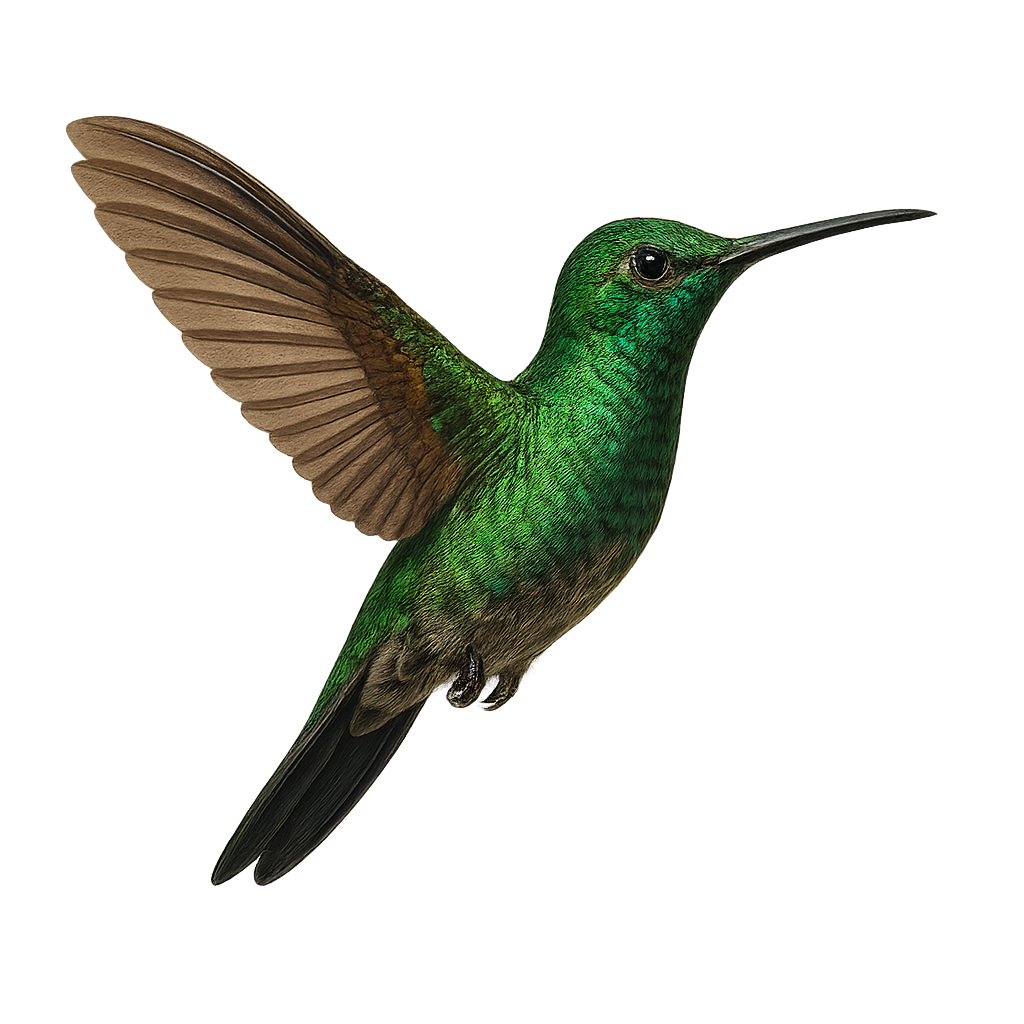Your wildlife photography guide.
Explore the green-crowned brilliant in detail, study its behavior, prepare your shots.
Where to observe and photograph the green-crowned brilliant in the wild
Learn where and when to spot the green-crowned brilliant in the wild, how to identify the species based on distinctive features, and what natural environments it inhabits. The WildlifePhotographer app offers tailored photography tips that reflect the green-crowned brilliant’s behavior, helping you capture better wildlife images. Explore the full species profile for key information including description, habitat, active periods, and approach techniques.
Green-crowned Brilliant
Scientific name: Heliodoxa jacula

IUCN Status: Least Concern
Family: TROCHILIDAE
Group: Birds
Sensitivity to human approach: Suspicious
Minimum approach distance: 5 m
Courtship display: February to May
Incubation: 15-17 jours
Hatchings: February to June
Habitat:
Humid forests, forest edges, gardens
Activity period :
Primarily active during the day, with peak activity in the morning and late afternoon.
Identification and description:
The Green-crowned Brilliant, scientifically known as Heliodoxa jacula, is a medium-sized hummingbird found in the humid forests of Central America, from Costa Rica to Panama. Measuring about 11 to 12 cm, this bird is notable for its striking metallic green plumage and emerald crown. Males have a distinctive blue-violet throat, while females feature a white throat speckled with green. Their relatively short, slightly curved beak is well-suited for nectar feeding. These birds are often seen hovering near flowers, using their agility to access nectar while playing a vital role in pollination.
Recommended lens:
400 mm – adjust based on distance, desired framing (portrait or habitat), and approach conditions.
Photography tips:
To photograph the Green-crowned Brilliant, it is advisable to use a 400mm lens or longer to capture precise details without disturbing the bird. Look for areas where flowers are abundant, as these birds are often present there. Be patient and wait for them to approach the flowers to feed. Use a tripod to stabilize your camera and prefer a fast shutter speed to freeze the rapid movement of their wings.
From knowledge to field practice
A species profile helps you understand an animal. In the field, the challenge is often different. Remembering your own observations.
The WildlifePhotographer app allows you to:
• record your personal observations
• note locations, dates, and behaviors
• revisit your field references over time
• build a private and long-term field logbook
The app does not provide observation locations.
It helps you organize what you actually observe, with respect for wildlife.

